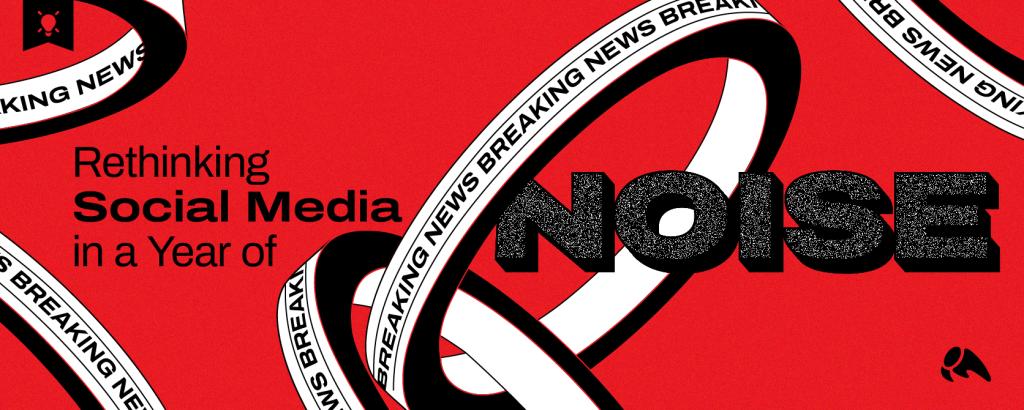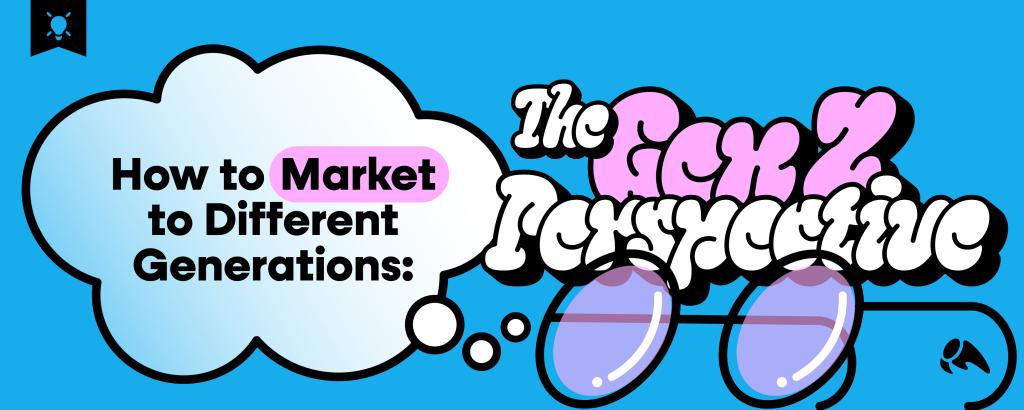Like other creative agencies, the product we sell can’t be found on any shelf (well, some of them can…). Our work involves considerable thought, strategy, know-how and the ability to create compelling, unique and effective messaging to serve our clients’ needs. As vice president of marketing and business development, my job is to make sure we convey to clients everything it is we’re able to provide for them.
Since the recession, I’ve noticed a stark difference in the way potential client companies and organizations make purchasing decisions. Where a person or department used to be able to make spending choices, proposals are now put up before boards and larger committees to determine where money is spent, extending the sales cycle further than we’ve experienced in recent memory.
Your Future Customers Are Watching…
With more people sitting at the table and a longer sales process, the opportunity for companies and organizations to research their options has expanded. Today, potential clients are more informed and empowered than ever before. They consult with others in their industries for input. They seek recommendations, they dig deeper and they do their homework researching your firm on the Web. They’re looking at what you do, what you say and who appears to be listening.
With so much information available online about creative firms (including your staff!), it’s not just the information provided in the submitted proposal that is impacting decisions. In fact, before a potential client has even opened your proposal they probably already know you.
They’ve been on your website.
They’ve researched your work.
They’ve read your blog.
They’ve looked up your employees on LinkedIn and other social media platforms.
What are they looking for? Proof of capability.
This goes beyond the samples provided in a proposal. It means putting your money where your mouth is and proving you can do the work for them, because you’ve already done it for yourself.
Your website
This is the first place someone is headed to learn more about your agency and what you provide. Make sure it’s in order.
If you promote news or list events, articles from three months ago show that you’re not on top of your game.
A steady stream of blog postings that suddenly halts gives the impression the company lost focus, downsized or lost a key employee – all indirect indicators that the firm might lose focus on them as a client.
Your web presence should never cause a prospective client to ask, “If you can’t keep your own house in order, how will you be able to handle my problems?”
Your design
This should go without saying. If you’re telling someone you can make their brand look great, your marketing materials should look great already. No generic templates. No stock photography on your website touting impressive design, illustration or photography skills. No imagery looking like it hasn’t been refreshed since 1995.
Your social media platforms
A potential client can tell a lot about your attentiveness, work history and industry involvement simply by looking at how you use social media. Proposing to handle the strategy for an organization’s social media account while your own company hasn’t posted a tweet in weeks doesn’t show proof of ability or knowledge. It also doesn’t back your suggestion that a comprehensive social media plan is in the client’s best interest. Again, those who can, do (and most show it) – it’s hard to be given credit as an expert if you’re relying on old examples and recommendations you don’t even follow for your own company’s success.
Catching up
Of course, the easiest thing to do is to not get your company into this situation in the first place – same thing with a messy desk. But once the desk is messy it can go on being messy or you can spend the time to get things in order. There are some not too difficult solutions to improve your online image.
If there are old news items on display, publish your latest updates to push the old down the list. Write stories on recent events, projects and hires to cover holes in your timeline. It is worth the time and effort to fix your content presence, as leaving it in its current state can only lead to assumptions, lack of confidence and rumors of your pending demise.
This is not as easy with your social channels, but jumping on the gap sooner than later (today!) is better than putting it off again only to be forgotten and pushed to the way-back burner. As you develop the initial content to refresh your web presence, begin putting together a realistic editorial calendar (such as a blog post schedule) to help keep you on track going forward. Perhaps the pace you used to keep when a key employee was in charge or when you had an active committee involved is impossible to match. Setting up a schedule that will work with your available resources or working with an outside firm for assistance to develop this strategy will help clean up inconsistencies and help you to concentrate on where your time and activity should best be spent.
All in all, it’s good to take a big step back to look at the impression your company puts forward. It’s easy to get caught up in the day-to-day, assuming that people see you the way you do. As the old adage tells you not to assume (you can finish the sentence), you *can* assume that your prospects will do their research. Be prepared for what they might learn. Take your reputation – and first impression – into your own hands!





